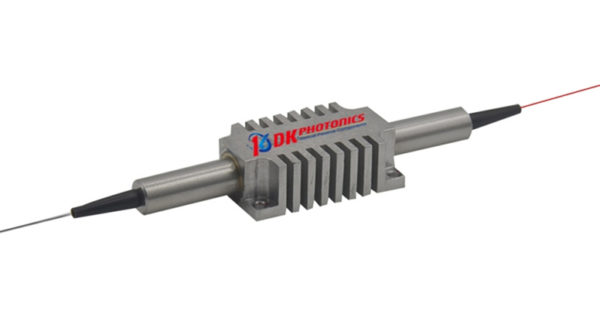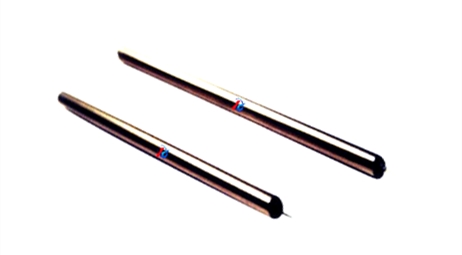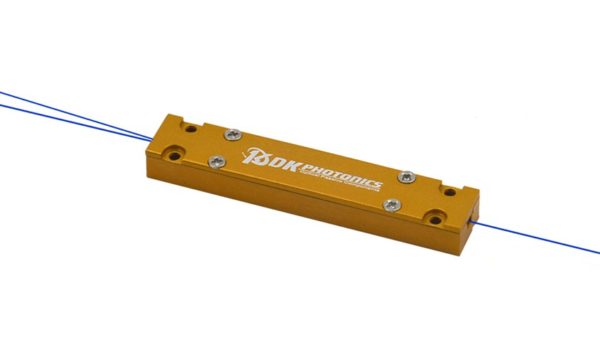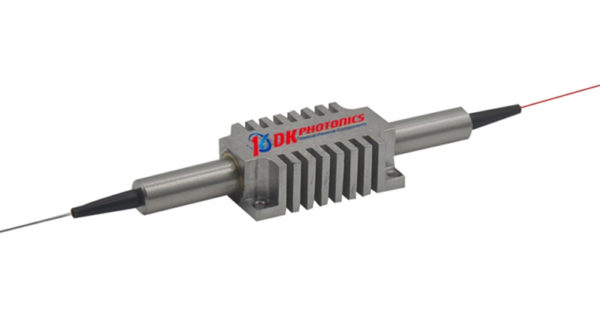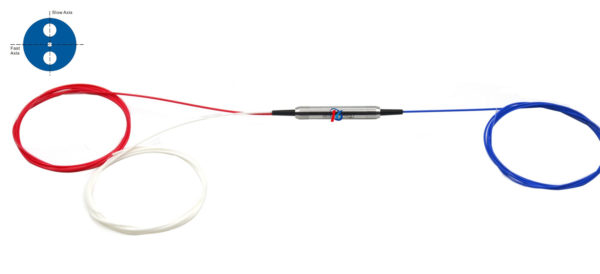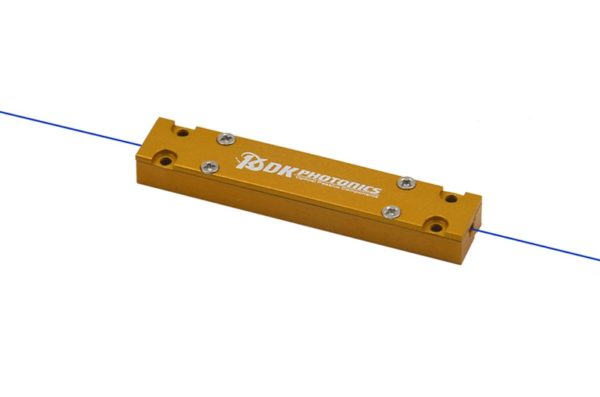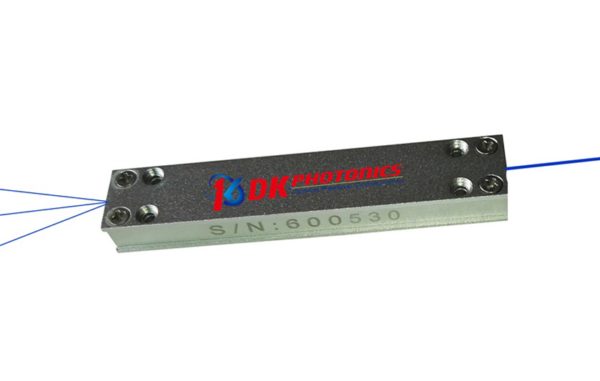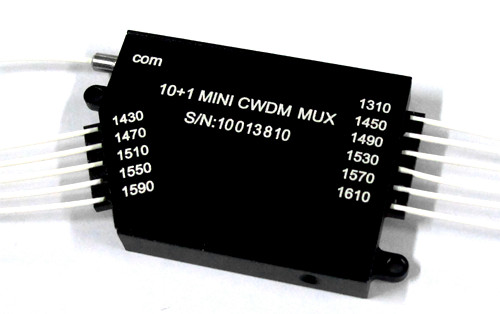Polarizing Beam combiners or splitters are the excellent gadgets that utilized in order to join the two split single non-polarized light or spellbound light flags into two polarized parts. These combiners and splitters are outlined and created to part light shafts by sending the polarization state and not by wavelength or force.
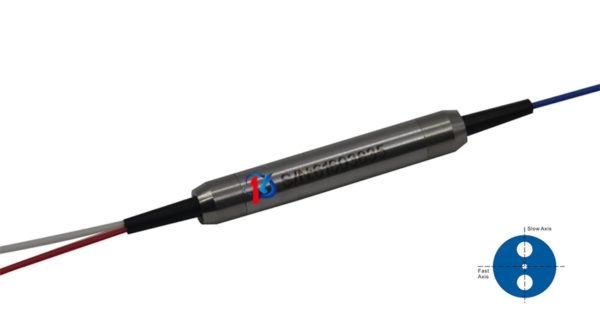
The polarizing shaft splitters/combiners ordinarily have 0° or 45° edge of frequency and a 90° division between the pillars; this, for the most part, relies upon the design. There are two sorts of Polarization bar combiners/splitters; these are portrayed beneath:
Incoherent Polarization Combining/Splitting
The Incoherent joining or part is the less difficult variation and the essential method. In this technique, they came about light emissions wide region laser diodes are sent onto a thin-movie polarizer to reflect one of the bars while transmitting the other; both of these pillars at that point spread a similar way. Subsequently, one accomplishes an unpolarized bar (with the consolidated optical intensity of the information pillars) and a similar bar quality. Thusly, the splendor gets almost multiplied.
This method is regularly utilized for any applications, for example, end-pumping of a strong state laser with an expanded power. Be that as it may, the strategy isn’t appropriate for control scaling.
Coherent Polarization Combining/Splitting
With coherent shaft consolidating or part, it is practical to achieve a direct polarized state in the yield if two commonly reasonable pillars are joined. In the event that two ports have the equivalent info controls, the yield polarization would be ordinarily turned by 45° – relying upon the polarization heading of any of the information pillars.
Likewise, the intelligent polarization consolidating can be rehashed a few times on account of the straight yield polarization. In this way, this procedure is reasonable for control scaling.
A polarization bar combiner or splitter is continue utilized as a component of photonics instrumentation, optics as well as semiconductors in order to transmit p-polarized light while reflecting-spellbound light. These hold a universe of worth with regards to optics, media transmission, and fiber applications, and make the working successful and also easy.
If you are searching for the best and reliable organization, then you can contact with DK Photonics Technology Limited which is one of the growing and leading organizations in designing and manufacturing of high quality optical passive components usually for fiber sensor, telecommunication, and fiber laser applications. You can directly get in touch with the best manufacturer by contacting DK Photonics Technology Ltd. They have certified professionals and experts who are really proficient. They will provide you the best service as per your requirement and expectation. You can directly coordinate with us by visiting our website or you can call us at the provided number on the website. DK Photonics is the best company which deals in Polarization Beam Combiner or Splitter manufacturing and they can provide you the best quality of the product at an affordable rate. Avail the best service by contacting the professionals.
